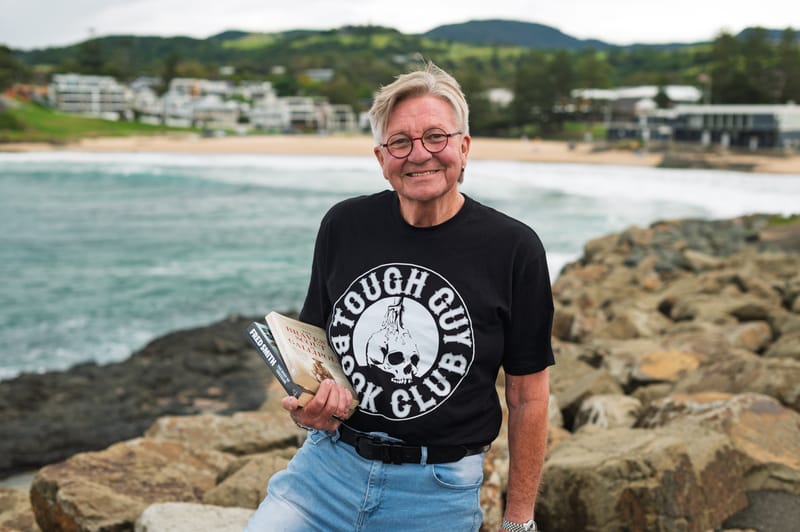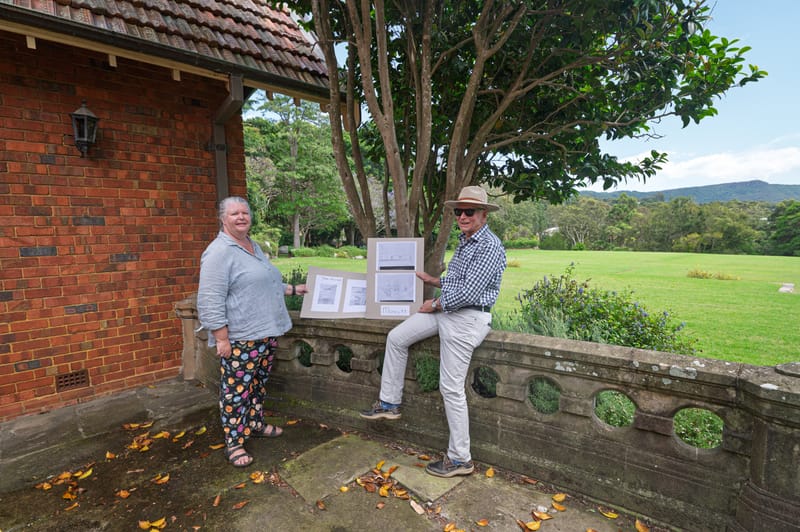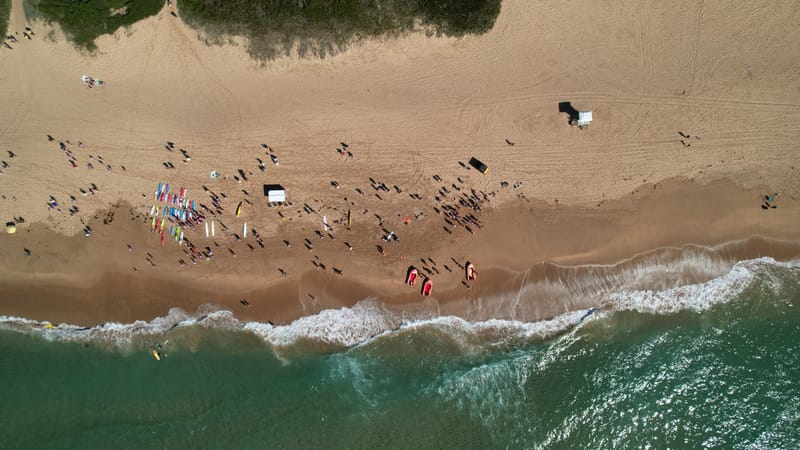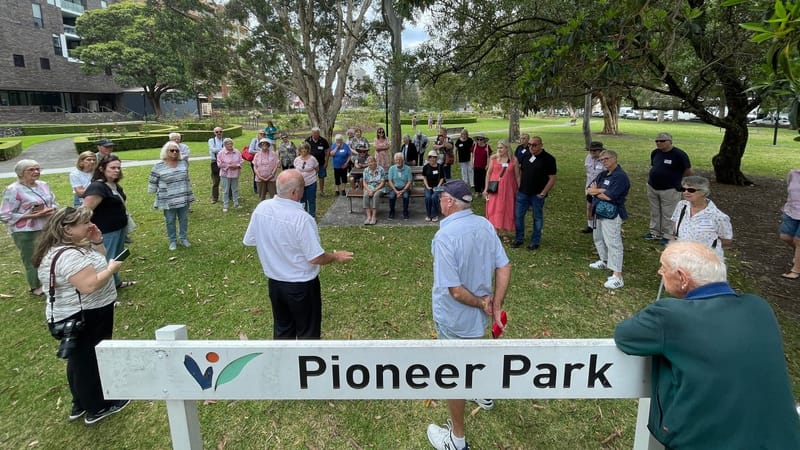Who knew? Locals question quality of consultation on mine modification
The quality of the state government’s public consultation over Peabody Energy’s plans to extend coal mining in the water catchment has been called into question by readers who’ve told the Illawarra Flame they knew nothing about it. Official notification did not even reach James McCormack, the Wild M

The quality of the state government’s public consultation for Peabody Energy’s plans to extend coal mining in the Woronora Special Area of the water catchment has been called into question by readers who’ve told the Illawarra Flame they knew nothing about it. This includes residents of the 2508 postcode, where 8500 people from Helensburgh, Otford, Stanwell Park and Coalcliff rely on the Woronora Dam for their drinking water.
Official notification did not even reach James McCormack, the Wild Magazine editor who exposed the “inky black water” flowing through Camp Gully Creek in 2022, one of a series of pollution events that led to a $500,000 fine for the US mining company in March 2025.
The recent public exhibition ran from July 29 to August 26 and invited feedback on a State Significant Development (SSD) to reconfigure Longwall 317 and add new longwall 318 at Helensburgh’s Metropolitan Mine – a modification that the Mining and Energy Union’s submission says would extend the coal mine’s life by two years, until 2031.
Wild Magazine editor James lives in Helensburgh, but heard nothing from the government. He did not buy either The Illawarra Mercury or The Australian on 29 July 2025, which was the only time the proposal was advertised, according to a spokesperson for the Department of Planning, Housing and Infrastructure (DPHI).
The DPHI spokesperson said that, in addition to newspaper ads, “individuals who had previously made a submission on the original development application or subscribed to updates through the major projects portal were directly notified”.
The original approval was granted 16 years ago.
James learned the news via a text message. “I only found out about the consultation period because a friend, Catherine Reynolds, let me know about it,” he told the Flame.
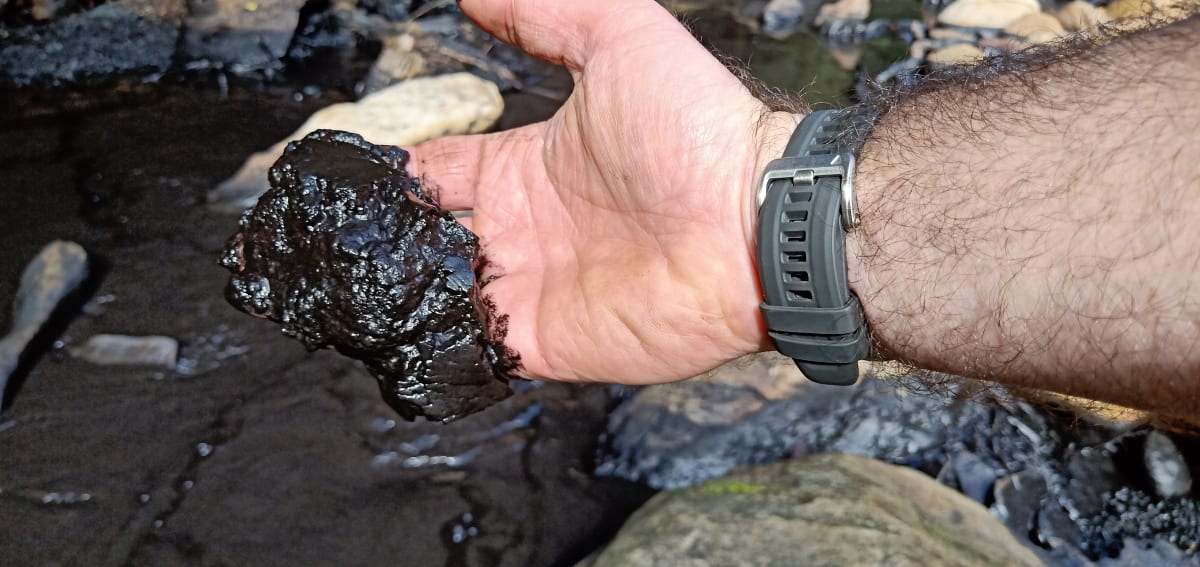
A former campaign leader at Sutherland Shire Environment Centre, Dr Catherine Reynolds has spent years raising awareness of the risks of mining in the catchment.
Her 2025 submission notes that, despite representing a “politically conservative” area, “Sutherland Shire Council has also recognised the importance of the Woronora catchment, with Council consistently opposing the mine, writing to Planning in 2007, 2008, 2014, 2019, 2020, and 2021. On 18 August 2025 all Councillors once again unanimously resolved to oppose this modification because of the ongoing risk it represents to the water catchment, and the Royal National Park.”
Both the longwalls in question lie in the Woronora Special Area and water security was a key concern in advice from WaterNSW, the state-owned corporation charged with keeping drinking water safe. Sydney Water data shows up to half a million people may receive some of their water from the Woronora Water Filtration Plant (WFP).
Since last week's article examining submissions, The Illawarra Flame has heard from many residents – including longtime locals, environmentalists and businesses such as Glenbernie Orchard, the sixth-generation family farm at Darkes Forest, just south of the Woronora area – that they were unaware of the public exhibition period.

Local lawyer found out too late
Helensburgh lawyer Naomi Lai did not hear about the consult at all, only recently reading the news in the Illawarra Flame online.
“I’m disappointed to have only found out about a State Significant Development proposing more coal mining in the catchment after the consultation period had already closed,” said Naomi, a mum of three whose husband runs a well-known dental practice in Helensburgh.
“I don’t comment lightly — I prefer to research and reflect before making a submission — but even a brief look at the existing submissions shows there are serious concerns,” she said.
“My point is not opposition to the proposal itself, but strong concern about the lack of time and opportunity for genuine community consultation. As a local, I expected more awareness and a real chance to ask questions.”
She said if the state government wants to claim it has consulted residents, “that means doing it properly”.
Asked about the consultation process and the possibility of the project being referred to the NSW Government’s Independent Planning Commission (IPC), the Minister for Planning and Public Spaces, Wollongong MP Paul Scully, said in a statement: “More than 200 submissions on the project have been received and people are welcome to continue providing feedback.
“The application will not be referred to the IPC as modifications are only considered by the IPC if a proponent has made a reportable political donation.”
A Department of Planning, Housing and Infrastructure spokesperson told the Illawarra Flame: “The application will be determined by the Department under the Minister’s delegation.”
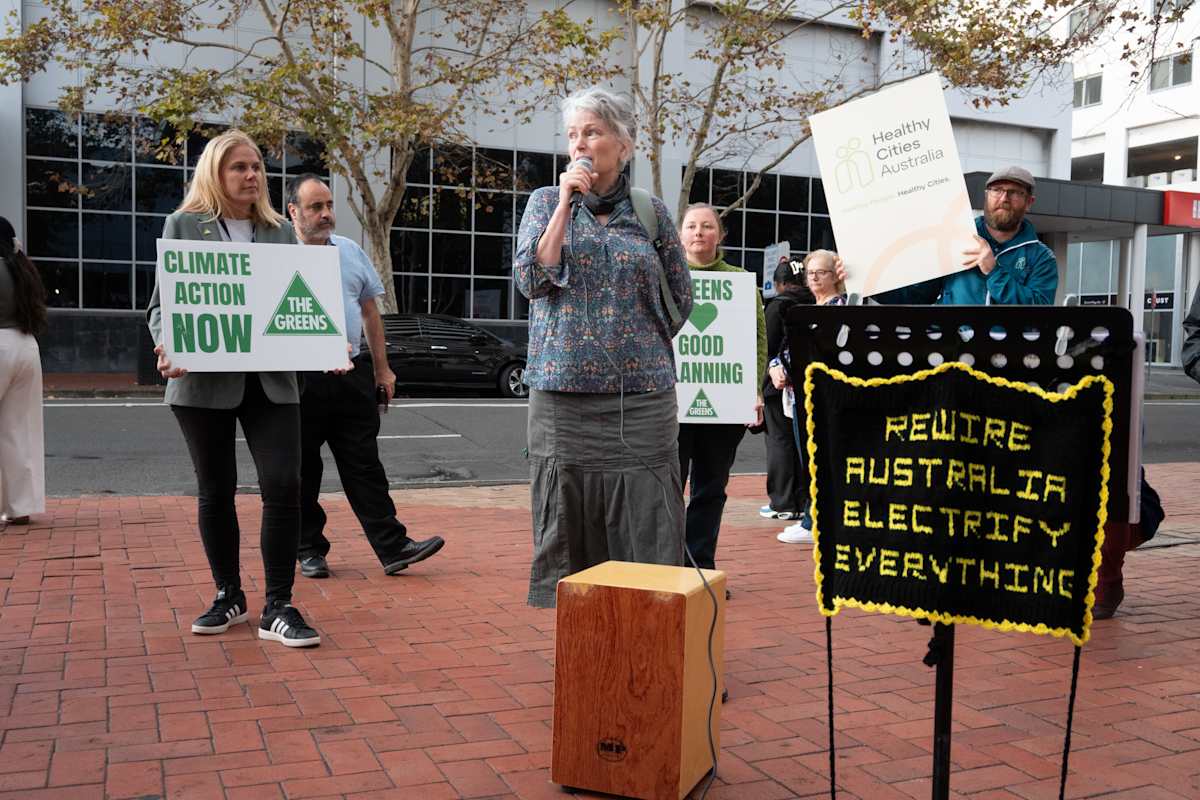
IPC is ‘a good safeguard’
Wollongong Greens Councillor Deidre Stuart told the Illawarra Flame the IPC is an independent consent authority that helps keep the public trust and, despite a recent lost motion to council, she remains hopeful it may yet be involved.
“The IPC is a good safeguard against corruption,” Cr Stuart said.
With public records of all meetings, the IPC’s decision-making processes are open, transparent and detailed, she added. For example, when it blocked the Dendrobium mine extension due to risks of damage to the drinking water catchment in 2021, the IPC's statement of reasons ran to 96 pages.
“The community deserves the best decision-making process that the government can deliver, and the IPC process offers much greater transparency and accountability,” Cr Stuart said. “If you want to do the best thing by the community, you would refer this project to the IPC for a public meeting and determination.”
For the IPC to take on a State Significant Development, at least one of three criteria must be met, with its website stating: “Cases come to the Commission for determination if at least 50 unique objections to the application were received by DPHI, the local council has objected, or the applicant has made a reportable political donation.”
Peabody’s recent application is listed as a “modification”. “My understanding is that it's not as straightforward if something's classified as a modification, which this project is, and I think erroneously so,” Cr Stuart said.
Nonetheless, she is “definitely disappointed” that Wollongong, the local council home to the Helensburgh mine, did not seize the opportunity to object.
The Planning Minister’s department is now awaiting Peabody's response to submissions.
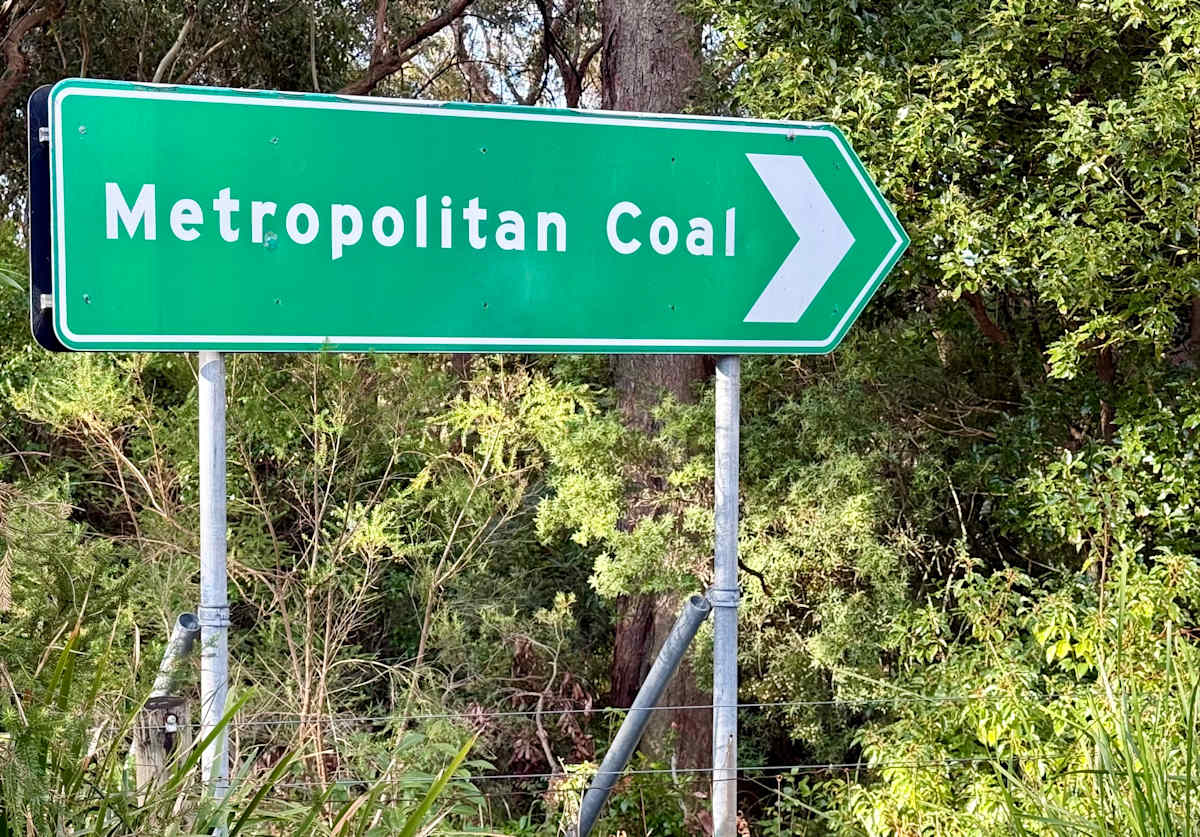
138-year-old mine seeks ‘routine’ continuation
In a statement, a Peabody spokesperson said: “The current application seeks a routine two-year continuation of mining and would safeguard the 400 strong local workforce.
“Metropolitan operates more than 500 metres underground and uses some of Australia’s narrowest longwall paths to minimise subsidence impacts. Two independent scientific panels have confirmed there is no connective cracking to the surface as a result of mining activities at Metropolitan."
The statement promised "rigorous" assessments for the modification and said the mine’s "significant economic and social benefits" for the Illawarra will be considered. “Last year, Metropolitan contributed $73.5 million in wages, more than $200 million in spending with local suppliers and delivered a $324 million return to the NSW economy.
“Importantly, the coal produced at Metropolitan supports Australian steelmaking, helping to secure manufacturing jobs in the Illawarra region.”
Over winter, striking miners – bearing signs such as “When you work for Peabody, you’re a nobody” – have been a common sight in Helensburgh. But after a six-week dispute, on August 29 the Mining and Energy Union (MEU) claimed two big wins: “pay rises locked in, job security reinforced”. In a media statement, South West District Vice President Mark Jenkins said the result shows what happens when workers stand together: “The best – and only – way to stand up to the hardball tactics of mining multinationals is to stand together through our union.”
In its submission, the MEU supports the modification, describing it as a “sensible response to discovered geological challenges”.
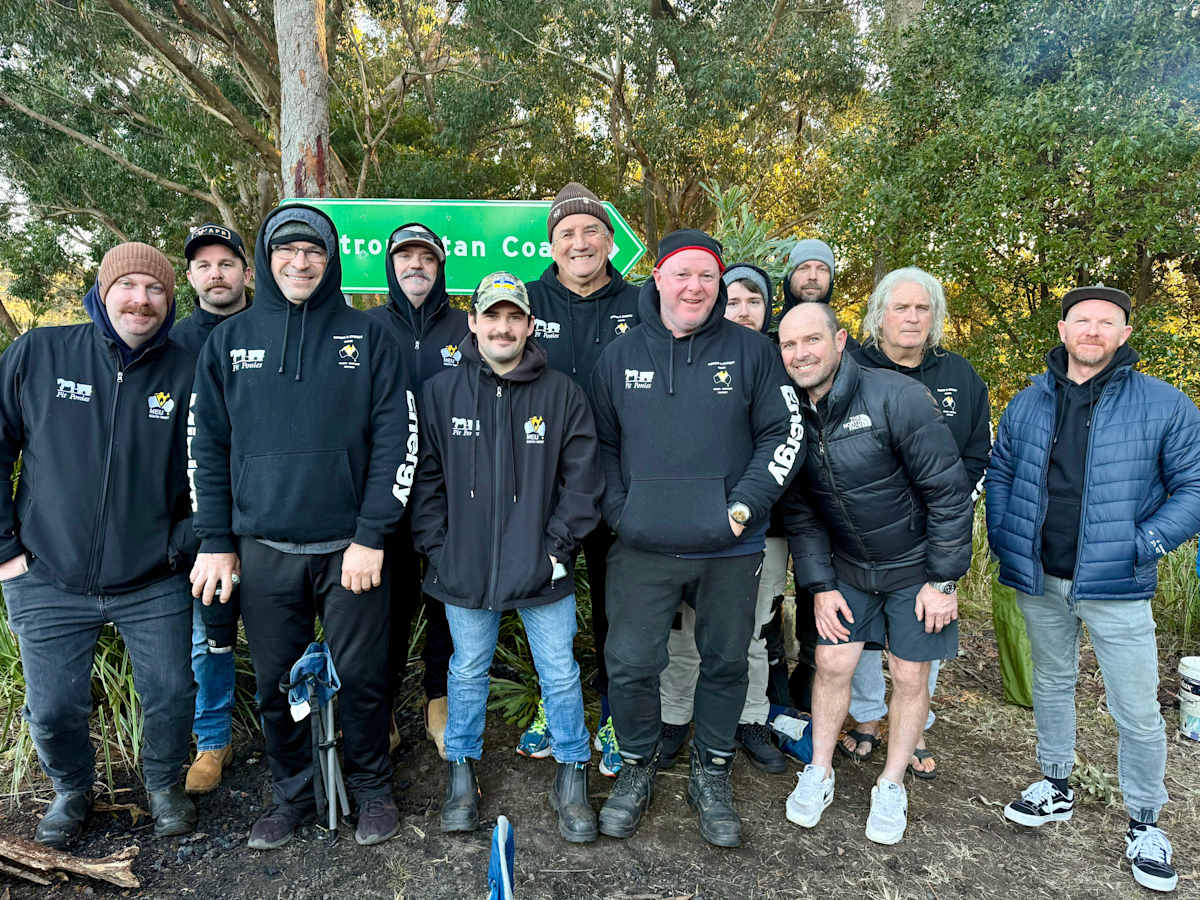
Time pressure on council
Of 216 submissions published on the NSW Planning Portal, 75 support and 140 oppose the modification. The Illawarra Flame asked Wollongong Council why its submission is labelled only as "comment".
A spokesperson said: “In response to an invitation from the Department of Planning Housing and Infrastructure to provide advice on the proposed development, Council provided comments on a range of matters in a letter dated 18 August.”
Cr Stuart – who thought it an “excellent” submission – was surprised at the “very short time” our council had to respond.
“There were 16 documents constituting 2,475 pages … Within our council, different sections were given to different people with expertise, and they sought an extension on the deadline to get a submission back to the Department of Planning.
“This is a very contentious project – not to advertise this widely, not to provide a significant period for people to have time to consider it … it's poor practice.”
A week after Wollongong council staff filed their submission, warning of “serious and irreversible impacts” in the catchment, at August 25’s Council meeting, Cr Stuart put forward a motion to object to the mine modification and refer the application to the IPC.
Eight of Wollongong’s 13 elected representatives are Labor councillors and none backed her motion.
At the meeting, Labor’s Cr David Brown opened his contribution to discussions by recalling his old high school song, which he said highlighted the historic importance of coal to the community. In closing the debate, he moved an alternative motion, saying: “Some people have raised some topics and points here which I think are valid. There are some points which are spurious. But I'd say, given that the council's officers have got a submission which stands in the name of Council, councillors as individuals should make be encouraged to make their own responses – and make them as detailed, as passionate, or as irrelevant, or as whatever you like, because I think there are some extra points that could be added. But again, if we did have more time, we'd probably do this process completely differently. But we don’t.”
This motion was carried, with those in favour being: Cr Dan Hayes, Cr Richard Martin, Cr Thomas Quinn, Cr David Brown, Cr Ann Martin, Cr Linda Campbell, Cr Andrew Anthony, Cr Tiana Myers and Cr Tania Brown.
Submissions closed the next day, on August 26.
For more information, visit the NSW Government's website.
Read more
Who said what in over 200 submissions on coal mining in water catchment
Ex councillor challenges ‘double standards’ after mining in the catchment debate


